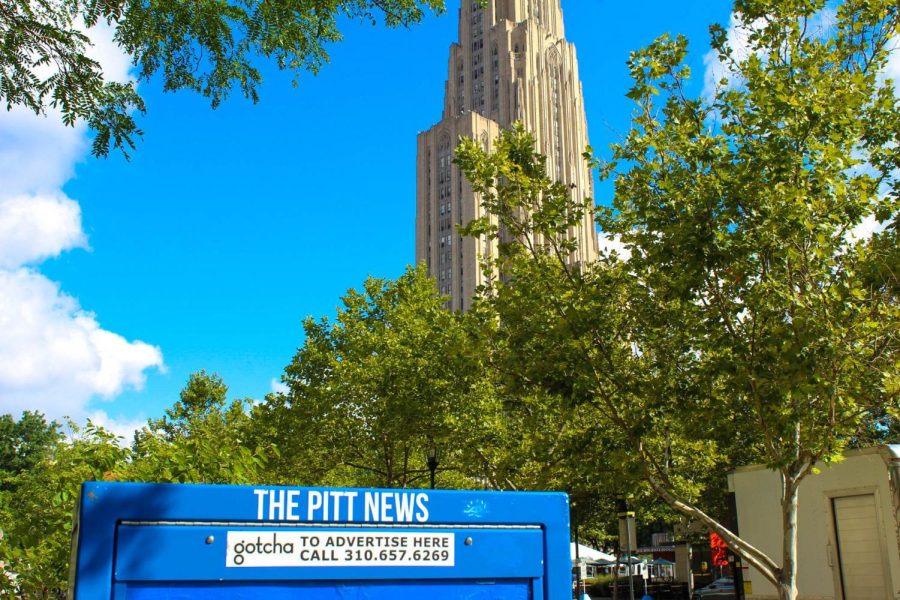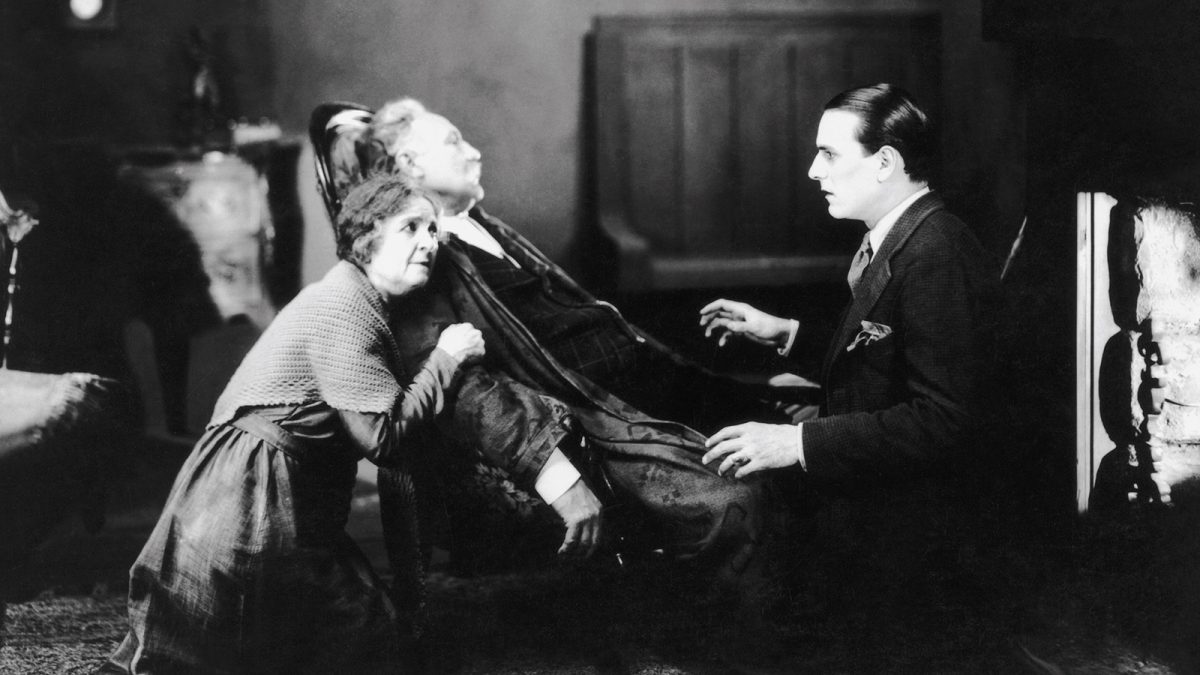An event years in the making, Pittsburgh’s first Silent Film Festival featured a series of silent film screenings in hopes of reviving the largely forgotten art form.
Silent film reached its peak between the mid-1890s and the late 1920s, a time without the technology to synchronize film and sound. However, the term “silent film” is a misnomer. Silent film was almost always accompanied by a pianist, organist or even an entire orchestra.
Chad Hunter, the director of the Pittsburgh Silent Film Society, discovered silent film as a student at the University of Michigan. Hunter said he was blown away after seeing the 1928 film “The Passion of Joan of Arc.”
“It’s a really beautiful film,” Hunter said. “Heartbreaking and beautiful.”
Hunter’s passion for silent film continued, and he became a film archivist. Since moving to Pittsburgh, Hunter has organized about 50 silent film screenings at local theaters. For Hunter, these screenings are more than just movie viewings.
“Silent film is sort of a universal medium in a lot of ways,” Hunter said. “You’re not relying on specific dialogue or a specific language to convey meaning.”
As a universal medium, Hunter argued that silent film is its own art form, merging music and cinema. That’s why he organized the Silent Film Festival, Hunter said.
“Talking to people about the idea of the festival, there was a big response,” Hunter said. “And there was also some sort of organic programming that unfurled.”
Hunter said Steven Haines, programming director of Pittsburgh Sound and Image, assisted in the production along with many other collaborators. Haines, a motion picture archivist and film historian, said that his work with Hunter has been long in the making.
“I worked with Chad… and got a federal preservation grant from the National Film Preservation Foundation last year to preserve a Pittsburgh silent film that I found,” Haines said. “This was the only copy of this film in existence.”
The festival screened the rare silent film called “1920s Avante-Garde on 16mm” on Sept. 27 for a sold-out audience at Eberle Studios, one of many screenings that sold out at the silent film festival.
The first screening of the silent film festival was in an unlikely venue. Keystone Oaks High School in Mt. Lebanon houses the only remaining Wurlitzer theater organ in Western Pennsylvania. The sounds of the organ accompanied the first film screening of the festival, a showing of the 1923 Buster Keaton film “Our Hospitality.” In the past, these organs played important roles in silent film screenings. Hunter said there used to be dozens of these organs throughout Pittsburgh to accompany silent film, but as the art form diminished, these organs disappeared.
“They’re all gone except for this one,” Hunter said. “So it’s installed in the auditorium at Keystone Oaks High School.”
Eight more showings of both classic and newly preserved silent films followed. According to Hunter, most of the screenings sold out in an overwhelmingly positive response. Hunter said he hopes that this excitement helps end the misconceptions about silent film.
“That’s one of the reasons that I’m doing what I’m doing,” Hunter said. “SIlent films were meant to be shown on a big screen with live music accompaniment.”
Musical accompaniment is vital to silent film viewing, Hunter said. Hunter worked with musicians to bring live music to the film screenings. Among the musicians on the project was Tom Roberts, a leading proponent of early jazz piano.
Roberts has composed musical accompaniment for silent films in the past. He said the challenge of turning visual art into an interactive experience has been the most fulfilling part of the experience.
“I just love the challenge of trying to see the film and imagine — what would be the perfect thing to make the filmmaker’s vision come across over a hundred years later?” Roberts said.
The process of composing music for silent film is dynamic, Roberts said. To prepare, Roberts watches the film before composing to get a sense of the story.
“I will mark out everything that is occurring, so I have an idea of something written out to see,” Roberts said. “Then I identify important parts of the story, important characters, important threads within the plot, and come up with tunes that fit the mood of those situations.”
Many people associate silent film with its time, supposedly being void of sound and expression. The lack of sound is not the only factor that has led to this view of silent film. A common myth about silent film is that the camera quality is poor, when in reality, many films are just deteriorated. Hunter explained some of the technology behind silent film.
“Films from that time were produced on nitrate or nitrocellulose film stock,” Hunter said. “And film stock decomposes and can be quite flammable.”
This decomposition and poor preservation of silent films has led to poor quality, but when a film is preserved well, the quality vastly improves, Hunter said.
“I’m very attuned to, very interested, and very excited about film preservation and silent film surviving,” Hunter said. “When there is something rediscovered, something that if I can, I’d like to be able to show in Pittsburgh if it’s something interesting.”
Because of silent films’ tendency to physically decay, about 75% of them were destroyed. With just a quarter of them remaining, Hunter wants to show Pittsburgh what’s left of the silent film era.
“It’s to experience something new, and to experience something that you’ve never thought about.” Hunter said. “A lightbulb might turn on for some people.”
As we creep farther and farther away from the silent film era, new generations of film have replaced the art form. Haines said viewing silent film is an important insight into a century-old history.
“We’ve got these moving images of the way people lived a hundred years ago.” Haines said. “These are as close as we’ll ever get to a time machine.”
A previous version of this story noted that the film shown on Sept. 27 was “Sprang’s First Century.” The film shown on Sept. 27 was “1920s Avant-Garde on 16mm. The article has been updated to reflect this change. The Pitt News regrets this error.



